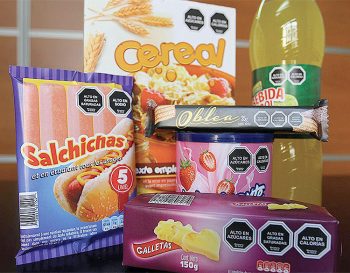Policy Research

Marketing regulations
Protecting children from pervasive, persuasive marketing for ultra-processed, unhealthy foods and sugary drinks is a crucial step in preventing childhood obesity. To reduce children’s exposure and limit the appeal and persuasive power of such marketing for kids, policies can restrict when, where, and how companies may promote unhealthy products.
Read More
Food & nutrition assistance
US programs such as SNAP and WIC provide benefits to supplement the food budget of families in need. We research the effects of various changes or additions to program benefits — either proposed or implemented — and their impact on nutritional outcomes and health disparities.
Read More
Labeling regulations
Simple, mandatory front-of-package warning labels help consumers quickly and easily identify unhealthy foods and drinks and make healthier choices from the vast array of products available. Studies show that requiring FOP warning labels on unhealthy products can contribute to reduced purchases of junk foods and concerning nutrients and ingredients.
Read More
Fiscal policies
Fiscal policies such as taxes on sugary drinks or foods high in nutrients or ingredients of health concern work to reduce purchases and intake of unhealthy products and to increase purchases and intake of healthier alternatives. They can also encourage food and beverage companies to improve the healthfulness of their product offerings.
Read More
School food environments
Schools should provide a healthy environment for kids’ minds and bodies. Policies that keep schools free of promotion or sales of unhealthy foods and drinks and emphasize the nutritional standards that schoolchildren need to grow, develop, and succeed can lead to healthier food choices for kids at school and beyond.
Read More
Food system surveillance
Our team created a unique “factory-to-fork” system to monitor the food supply for product reformulation and introduction or cessation of sales of millions of barcoded products. We study changes in nutrient content of available products and in what households choose to purchase.
Read More